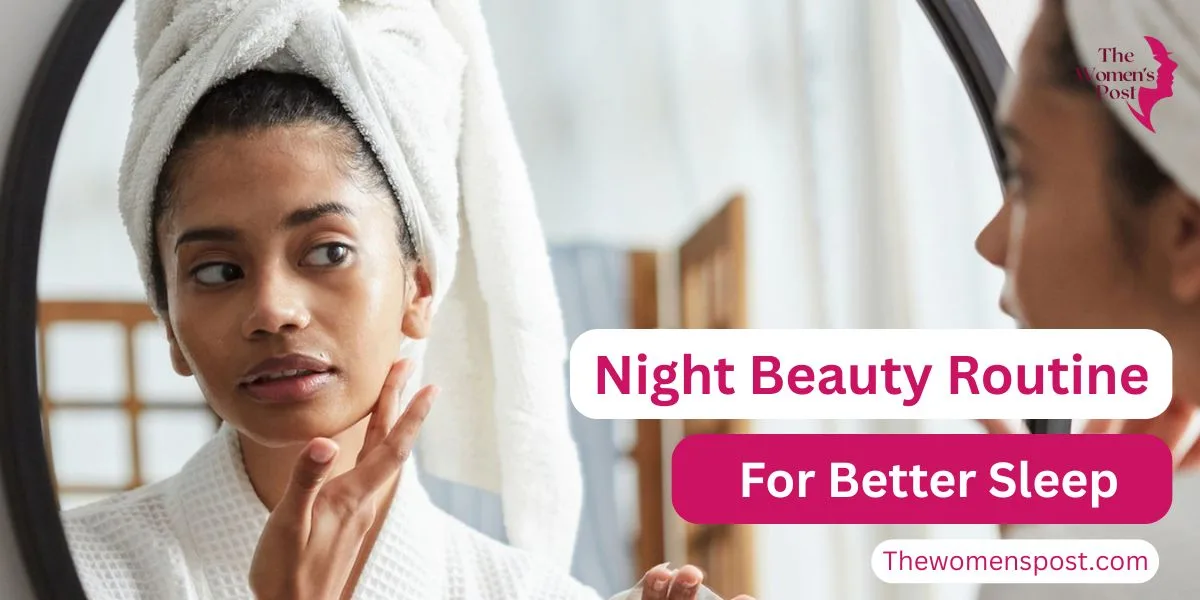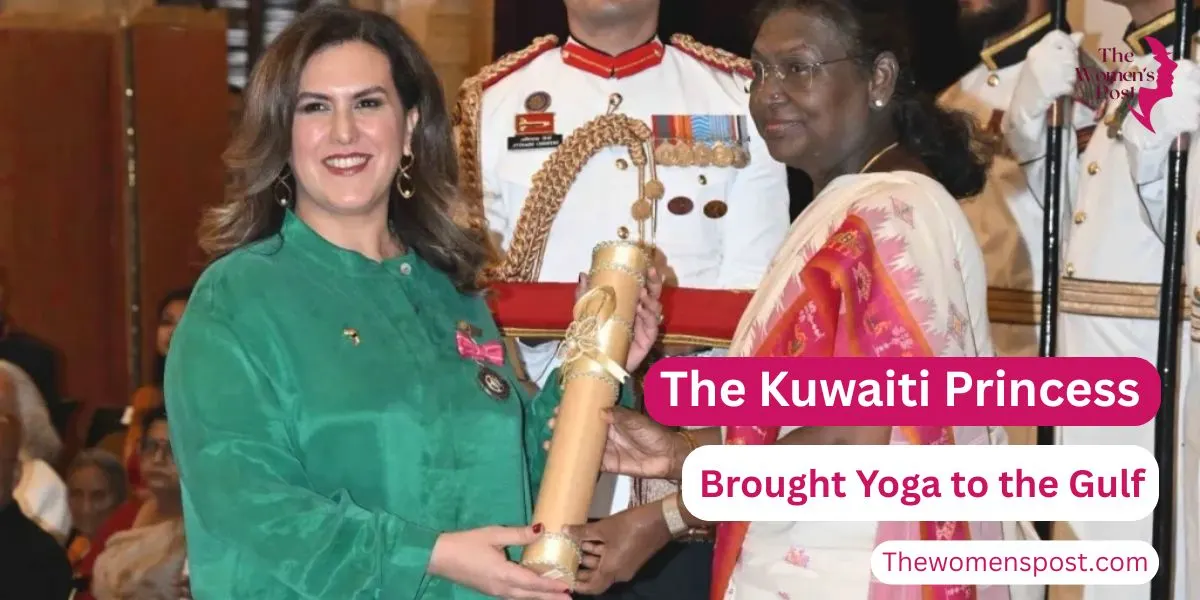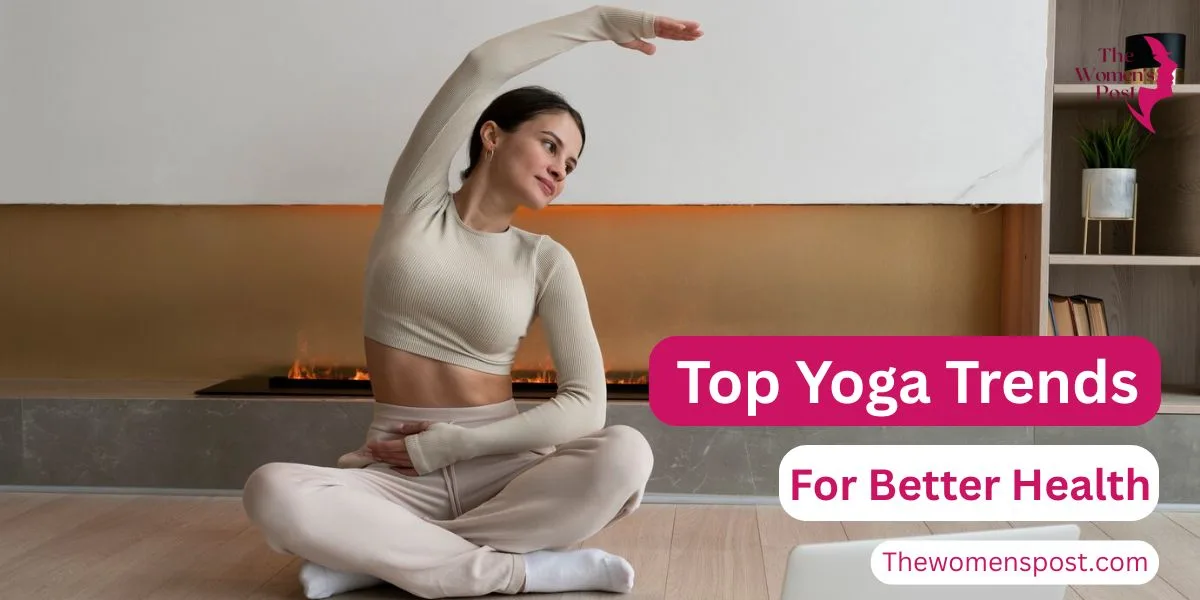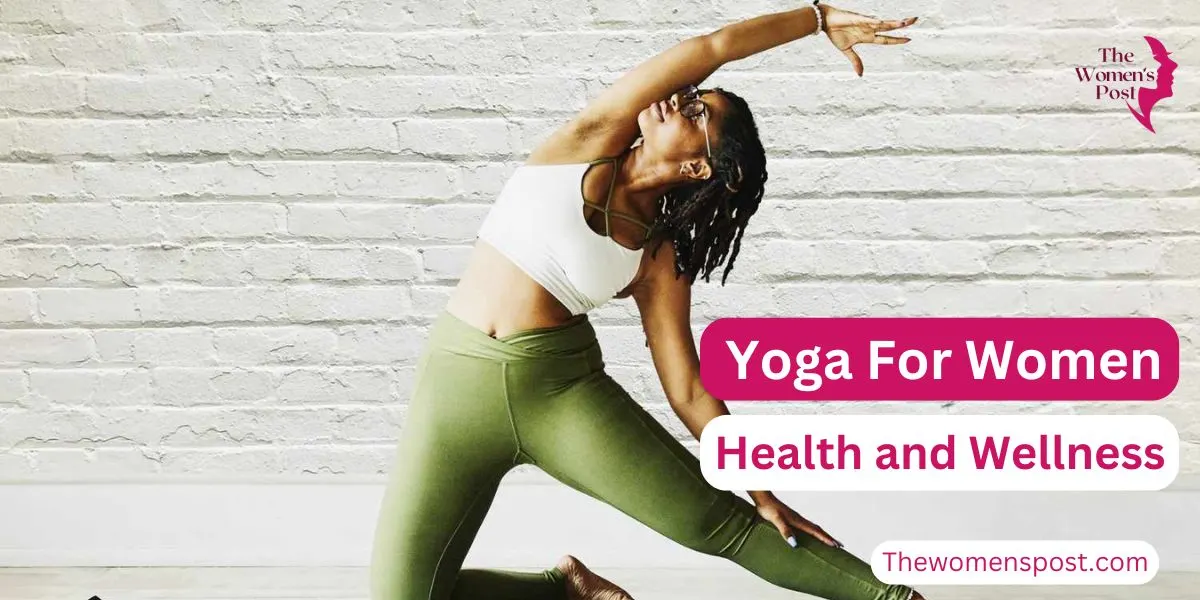Fitness has transcended its traditional boundaries, evolving from a personal endeavor to a powerful communal experience. Across the globe, women are embracing fitness not only as a means to achieve physical health but also as a way to build confidence, find support, and redefine societal norms. In this article, we explore how fitness communities have become a transformative space for women, with a focus on their impact across various aspects of life.
Fitness as Empowerment
For decades, fitness was predominantly marketed to women as a way to achieve a specific body image. Today, the narrative has shifted. Women are turning to fitness not just for aesthetic goals but as a source of empowerment.
Fitness communities have played a critical role in this transformation. From CrossFit gyms to yoga collectives, women are discovering spaces that encourage strength, resilience, and self-belief. The focus has shifted to what the body can do—lifting heavier weights, running longer distances, or perfecting yoga poses—rather than how it looks. This empowerment through fitness has fostered a culture where women celebrate each other’s achievements, creating a ripple effect of confidence and camaraderie.
The Social Aspect of Fitness
Fitness is no longer a solitary journey. Women are joining group classes, online fitness challenges, and community running clubs to stay motivated and connected. These communities serve as a source of encouragement and accountability, making fitness a shared experience rather than a chore.
Platforms like Instagram and TikTok have amplified this trend. Influencers and everyday women share their fitness journeys, inspiring others to join in. Virtual fitness communities have become especially prominent, connecting women across the globe who share common goals. Whether it’s a local Zumba class or a global Peloton group, the social aspect of fitness has become a cornerstone of these communities.
Fitness for Mental Well-being
The link between fitness and mental health is well-documented, and women are increasingly tapping into this connection. For many, fitness communities provide a safe space to cope with stress, anxiety, and other mental health challenges.
Group activities like dance workouts, pilates, or hiking not only release endorphins but also foster a sense of belonging. This is particularly important for women who may feel isolated due to busy schedules, motherhood, or other life circumstances. Fitness communities often go beyond physical exercise, promoting mindfulness, meditation, and holistic well-being.
Breaking Stereotypes Through Fitness
Traditionally, certain forms of fitness, such as weightlifting or martial arts, were seen as male-dominated. However, women are now challenging these stereotypes and excelling in these arenas.
Women-led fitness communities have emerged to support this movement. Organizations like Girls Who Lift or StrongHER offer environments where women can explore strength training without fear of judgment. These spaces are not just about lifting weights but about breaking barriers and redefining what women can achieve.
Similarly, women in fitness are debunking the myth that femininity and strength are mutually exclusive. By embracing their capabilities, they’re setting new standards for future generations.
The Role of Technology in Fitness Communities
Technology has revolutionized how women engage with fitness. From fitness apps to wearable devices, women now have access to personalized tools that track progress, suggest workouts, and connect them to like-minded individuals.
Online fitness platforms, such as Fitbit, MyFitnessPal, and Nike Training Club, have created virtual communities where women share tips, celebrate milestones, and encourage each other. Livestreamed classes and on-demand sessions allow women to participate from the comfort of their homes, breaking down barriers of accessibility.
Social media has also played a pivotal role, with hashtags like #FitWomen and #GirlsWhoRun creating vibrant digital communities. These platforms are not just about fitness tips—they’re spaces for storytelling, motivation, and solidarity.
Fitness as a Catalyst for Leadership
Women in fitness communities are not just participants—they’re leaders. From running marathons to organizing community wellness events, women are taking charge and inspiring others.
Fitness instructors, personal trainers, and coaches are increasingly women who understand the unique needs of their clients. They are building inclusive spaces that cater to all fitness levels, encouraging participation without fear of judgment.
Women entrepreneurs in fitness are also making waves, launching brands that prioritize female-centric designs, wellness products, and workout programs. Their leadership within these communities is paving the way for more women to step into influential roles.
Fitness for All Ages
Another remarkable aspect of women’s involvement in fitness communities is the inclusivity of all ages. From teenage girls joining dance classes to seniors participating in aqua aerobics, fitness communities welcome women at every stage of life.
For young women, these communities instill habits of physical activity and self-discipline early on. For older women, they provide opportunities to maintain mobility, reduce the risk of chronic diseases, and stay socially active. Fitness, in these communities, is not about competition but about embracing wellness as a lifelong journey.
Fitness and Inclusivity
Women’s fitness communities are increasingly embracing diversity, ensuring that everyone feels represented and included. This shift includes recognizing the unique needs of women of different body types, abilities, and cultural backgrounds.
For example, adaptive fitness programs cater to women with disabilities, while culturally sensitive spaces ensure that women from all walks of life feel welcome. Fitness brands and communities are also addressing issues like affordability and accessibility, making wellness attainable for a broader audience.
Challenges and Opportunities
Despite the progress, challenges remain. Societal pressures, unrealistic beauty standards, and lack of representation in mainstream fitness narratives can deter some women from participating. However, these barriers also present opportunities for growth.
Fitness communities are becoming vocal about inclusivity, authenticity, and mental health. They are challenging toxic fitness culture and encouraging women to focus on their well-being rather than conforming to societal ideals. By continuing to foster supportive environments, these communities can further empower women and inspire lasting change.
Fitness as a Movement
The rise of women in fitness communities is more than a trend—it’s a movement. These communities are reshaping how women view fitness, transforming it into a holistic journey of physical, mental, and social well-being.
As more women join and lead these spaces, the ripple effect of empowerment grows. Whether through a local gym, an online group, or a global fitness challenge, these communities are a testament to the strength and solidarity of women.
Fitness, in its truest sense, has become a catalyst for change, enabling women to break barriers, build connections, and redefine their lives. This rise is not just about fitness—it’s about transformation, one step, squat, or sun salutation at a time.





